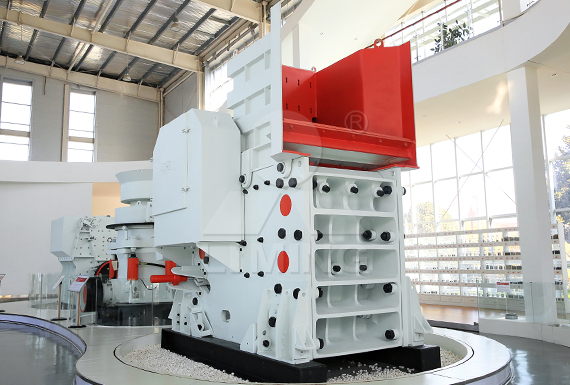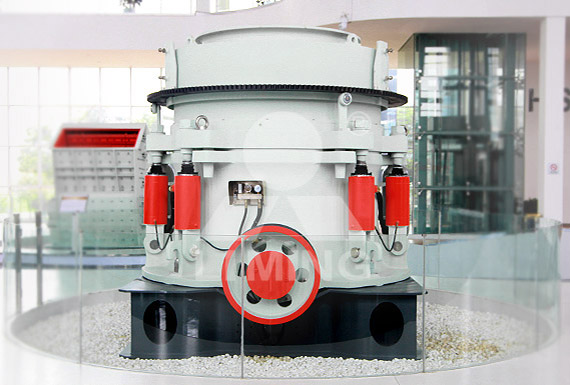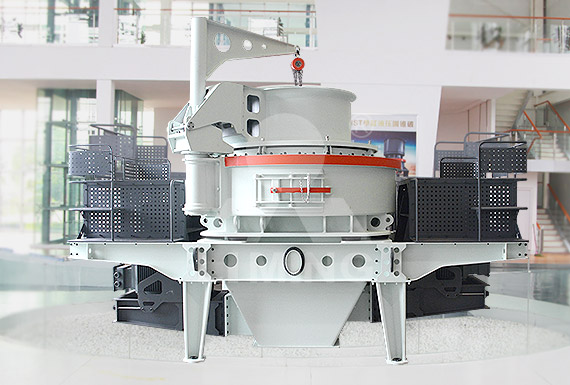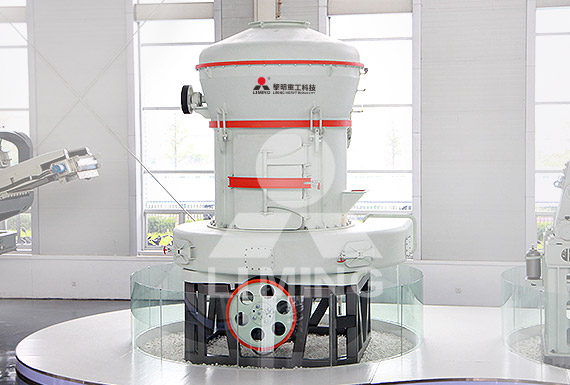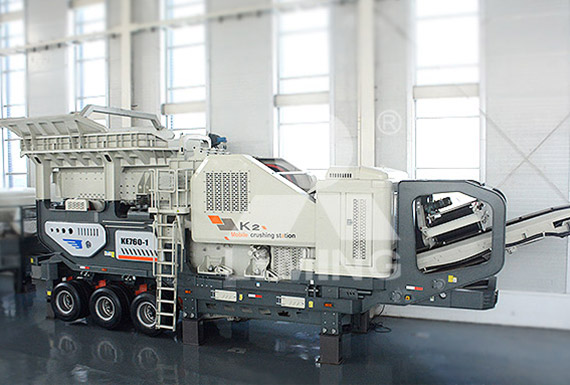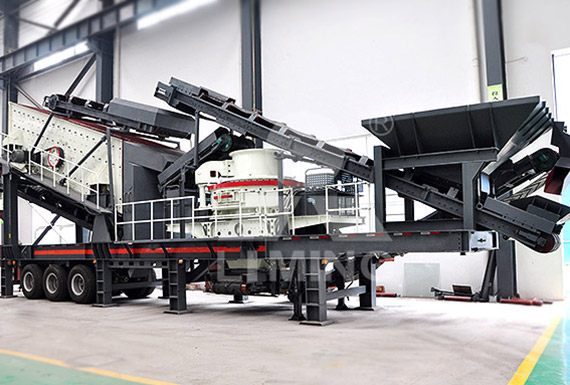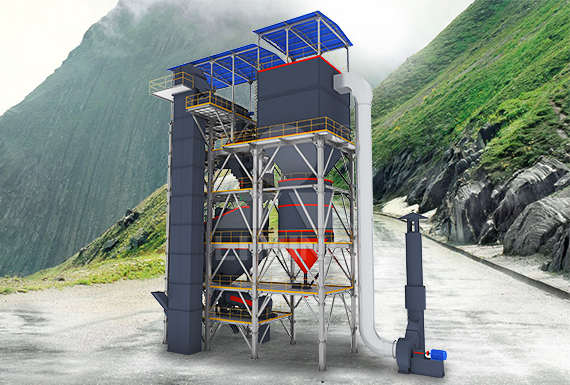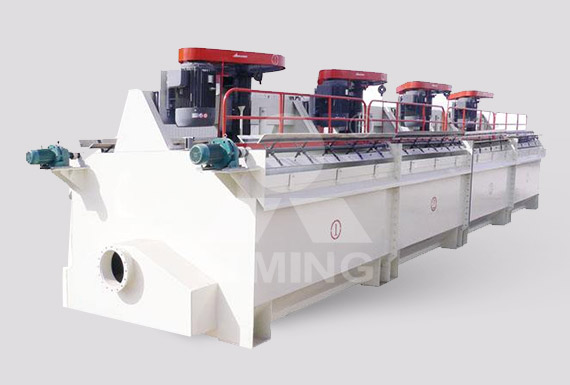المنتجات الساخنة

Transformation of Mining Industries Arnowa
2020-1-28 Mining industries are changing significantly, as innovative technology is providing new opportunities. It has been estimated that digitization in this sector can generate an economic impact of about USD 370 billion per year by 2025 [7].. The evolving digitalization technology offers new possibilities in the mining industry like increased productivity, reduced production cost,
Contact
Digital Transformation of Mining edX
2022-5-6 Digital Transformation of Mining. This course provides learners with an overview of applications of digital technology across the value chain, including automation, monitoring and remote operations, to optimise the value extracted from a minerals deposit. It will also investigate how digitisation of the sector will likely change the required
Contact
[9.0/10] Digital Transformation of Mining
2022-5-16 We will discuss how automation and remote operations can alter the way that a mine is planned, and explore how industry 4.0 concepts involving sensors, models and feedback/feedforward systems can be integrated to enable precision mining. The role of data in a digitally transformed mining industry will be discussed, appreciating that data
Contact
Behind the mining technology transformation McKinsey
2018-9-25 Article (PDF-2MB) McKinsey MetalsMining published a 2015 stone that predicted a technology-enabled transformation of the mining industry. The stone identified some potentially game-changing innovations that we believed would revolutionize the way mines operate and deliver much-needed productivity gains.
Contact
The Acceleration of Mining Transformation Accenture
2021-3-22 How the pandemic is accelerating mining’s workforce transformation 5 Mining companies had already been planning a gradual relocation of workers from sites to offices and from offices to homes in an effort to create a safer, more inclusive workplace. COVID-19 has been a catalyst for an urgent recalibration of those strategies (Figure 1).
Contact
Economic transformation of mining cities in transition
Therefore, the transformation of mining cities in transition economies is often situated in a multi-level governance framework. In contrast, the transformation of mining cities in market economies is mainly a local process in the sense that the key actors are local governments and community-based organisations. This case study contributes to
Contact
A Review of Digital Transformation in Mining SpringerLink
2019-7-5 Digital transformation (DT) is the process by which entities adapt themselves to modern technology. As digital technology becomes more prevalent (automation, cameras, sensors, touchscreens, artificial intelligence, etc.), there will be increased pressure on companies to leverage it for additional gains. For many companies in the mining industry, this will involve
Contact
Economic transformation of mining cities in transition
In contrast, the transformation of mining cities in market economies is mainly a local process in the sense that the key actors are local governments and community-based organisations. This
Contact
Transformation of the Australian mining industry and
At the same time, economically viable resources near the surface have been nearly depleted, and the mining industry is facing new challenges of processing low-grade ore, increasing depth, climate changes, and rigorous social and environmental constraints. Furthermore, accountability for major social and sustainable development problems in the
Contact
We need to talk About the future of mining PwC
2017-4-10 While mining executives typically make large-scale investment decisions with long timeframes, the fast-paced, disruptive influences we are seeing today already impacting these choices. What needs to change to ensure mining can benefit from technological advances and other disruptive influences, rather than fall victim to them? Is mining really
Contact
What is the social contract for the transformation of mining?
2021-6-25 The transformation of the mining industry is a long-term process, requiring significant financial outlays, the creation of a sufficient number of new jobs, and also requiring social acceptance thus it takes time. The entire process has been spread out over nearly thirty years in order to have the opportunity for long-term consideration of
Contact
Behind the mining technology transformation McKinsey
2018-9-25 Article (PDF-2MB) McKinsey MetalsMining published a 2015 stone that predicted a technology-enabled transformation of the mining industry. The stone identified some potentially game-changing innovations that we believed would revolutionize the way mines operate and deliver much-needed productivity gains.
Contact
Digital Transformation of Mining edX
2022-5-17 Digital Transformation of Mining. This course provides learners with an overview of applications of digital technology across the value chain, including automation, monitoring and remote operations, to optimise the value extracted from a minerals deposit. It will also investigate how digitisation of the sector will likely change the required
Contact
Economic transformation of mining cities in transition
Therefore, the transformation of mining cities in transition economies is often situated in a multi-level governance framework. In contrast, the transformation of mining cities in market economies is mainly a local process in the sense that the key actors are local governments and community-based organisations. This case study contributes to
Contact
Mining digital transformation for the future Deloitte
2021-2-1 While mining companies have been considering for several years how digital transformation might alter the future of work, COVID-19 has accelerated this imperative. Many companies are taking this opportunity to review work routines, evaluate remote work, and even outsource key areas. However, to truly enable the future of work and build trust with their
Contact
Economic transformation of mining cities in transition
In contrast, the transformation of mining cities in market economies is mainly a local process in the sense that the key actors are local governments and community-based organisations. This
Contact
The Mining Workplace Transformation Is Here Accenture
2021-3-25 The workforce transformation of the mining industry has resulted in the need for a fundamentally different operating model. It is of utmost urgency to determine which jobs are best suited for remote working as it’s impossible to have one strategy for the entire workforce. To achieve this, mining firms must broaden and diversify talent
Contact
Agglomeration and regional transformation of coal mining
2021-4-11 Mining enterprises are the key elements for achieving regional transformation in resource-based regions. It is of great significance to study the spatial agglomeration characteristics and driving mechanisms of mining enterprises to reveal the spatial process and spatial effects of resource-based regional transformation.
Contact
We need to talk About the future of mining PwC
2017-4-10 While mining executives typically make large-scale investment decisions with long timeframes, the fast-paced, disruptive influences we are seeing today already impacting these choices. What needs to change to ensure mining can benefit from technological advances and other disruptive influences, rather than fall victim to them? Is mining really
Contact
Future of mining industry Deloitte Insights
2021-7-20 Deloitte Consulting’s MiningMetals practice has helped clients transform to integrated operations through the adoption of digital technologies, artificial intelligence, and analytics solutions. Our future of work assets examine what future mining jobs will look like and enable the fundamental redesign of work, workforce, and workplace.
Contact
What is the social contract for the transformation of mining?
2021-6-25 The transformation of the mining industry is a long-term process, requiring significant financial outlays, the creation of a sufficient number of new jobs, and also requiring social acceptance thus it takes time. The entire process has been spread out over nearly thirty years in order to have the opportunity for long-term consideration of
Contact
Behind the mining technology transformation McKinsey
2018-9-25 Article (PDF-2MB) McKinsey MetalsMining published a 2015 stone that predicted a technology-enabled transformation of the mining industry. The stone identified some potentially game-changing innovations that we believed would revolutionize the way mines operate and deliver much-needed productivity gains.
Contact
The digital transformation is changing the mining industry
2021-6-1 Global Mining Review,Tuesday, 01 June 2021 15:00. Advertisement. Chloe Kirby, Blue Label labs, explains what the digital transformation in mining looks like and how it is proving to be the positive change companies need in 2021 and beyond. The mining industry is undergoing a huge shift. As profits drop in the face of decreasing commodity
Contact
Economic transformation of mining cities in transition
Therefore, the transformation of mining cities in transition economies is often situated in a multi-level governance framework. In contrast, the transformation of mining cities in market economies is mainly a local process in the sense that the key actors are local governments and community-based organisations. This case study contributes to
Contact
Mining digital transformation for the future Deloitte
2021-2-1 While mining companies have been considering for several years how digital transformation might alter the future of work, COVID-19 has accelerated this imperative. Many companies are taking this opportunity to review work routines, evaluate remote work, and even outsource key areas. However, to truly enable the future of work and build trust with their
Contact
Economic transformation of mining cities in transition
In contrast, the transformation of mining cities in market economies is mainly a local process in the sense that the key actors are local governments and community-based organisations. This
Contact
The Mining Workplace Transformation Is Here Accenture
2021-3-25 The workforce transformation of the mining industry has resulted in the need for a fundamentally different operating model. It is of utmost urgency to determine which jobs are best suited for remote working as it’s impossible to have one strategy for the entire workforce. To achieve this, mining firms must broaden and diversify talent
Contact
Four steps for transforming mining and metals companies
2020-2-5 T here is a growing disconnect between the potential and reality of digital transformation in the mining and metals sector. As a result, the top risk that the sector faces today is digital effectiveness. Given that digital has become a key enabler of margin improvement and enhancer of competitiveness in the sector, it is critical that organizations develop a clear
Contact
South Africa: Mining Industry Committed To Transformation
2021-11-17 The SA mining industry plays a significant role in the country's economy. According to the Minerals Council Facts and Figures Pocketbook, in 2020 the sector employed in excess of 450,000 people, contributed about R361.6bn, roughly 7%, of the GDP and delivered R27.2bn in tax revenue.Yet, when it comes to transformation, it is mired by challenges and opposing views.
Contact
Future of mining industry Deloitte Insights
2021-7-20 Deloitte Consulting’s MiningMetals practice has helped clients transform to integrated operations through the adoption of digital technologies, artificial intelligence, and analytics solutions. Our future of work assets examine what future mining jobs will look like and enable the fundamental redesign of work, workforce, and workplace.
Contact